Today's walk started at Slangkop Lighthouse where we met Pauline, Sue and Honey, and my best friend Maddie, and Alice. Always nice to be three black dogs together again.
Once up the first bit, you have to cross the busy road,
then you are up and in the mountains. Still seeing and smelling tortoises everywhere ...
and everywhere were creeping Green Snakestem
Pincushions (Leucospermum hypophyllocarpodendron subsp.
hypophyllocarpodendron).
No, we are not at the open air mosque - Pauline and the Alph are just having a sniff of the creeping pincushions which are very fragrant. I wondered if there would be any rolling, but maybe they didn't want to be shouted at by the Food Lady who shouts at us when we roll in good smelling stuff.
There were lots and lots of these Cape Peninsula endemic Cluster Spiderheads (Serruria glomerata). (Click on the name to go to Alice's post on PlantZAfrica.)
The path through the serrurias and ericas.
On the path were some strange little scroffy plants with black flowers called Lyperia tristis. According to Nick Helme on iSpot, its an unusual brown form (usually yellow or cream).
And in the fynbos, tortoise hunting, was a strange little scruffy black dog with a pink tongue called Coco.
We chose a nice tea spot in some rocks, but as the Food Lady couldn't see the screen on her camera, she managed to cut off Alice and Maddie. But in the photo are Pauline, Sue and the Alph.
Maddie in front of a rare erica that Alice was very excited to find, called the Hairy-tube Heath (Erica brachialis). Only six known subpopulations exist on the Peninsula, estimated to number less than 1200 mature individuals. It is a slow-growing reseeder and declining due to too-frequent fires, competition from alien invasive plants and habitat loss to coastal development.
There were lots of bulbs, like this little Geisshoriza, possibly juncea,
and Moraea fugax with ants.
Lots of mesembs, like this Ruschia macowanii,
and lots of little orchids, including this Oumakappie (Pterygodium catholicum),
and these weird red Catnails (Hyobanche sanguinea) which are also known as Skilpadkos - but not one skilpad did I find, and not for want of searching.
Back to the Cobra Camp ruins,
and down the hill, past Arctotis aspera in full bloom,
and spectacular bushes of Felicia fruticosa,
back into the milkwoods,
and down to the rocks in front of the lighthouse
for a very welcome, icy cold dip in the ocean. What more can a little hot Scot ask for?
We found some sea anemones under the water,
and some Cape False Limpets (Siphonaria capensis) on the rocks,
and along the boardwalk on the way back were hundreds and thousands of little blue and white Romulea tabularis flowers.
And to end, here is a miniature painting of the Slangkop Lighthouse done by a Cape Town artist, Lorriane Loots, who also painted a scottie in the forest that I think is me.









































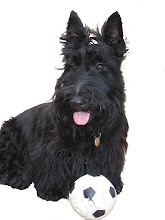










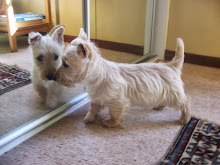



















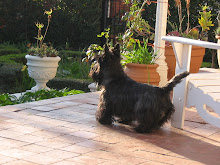






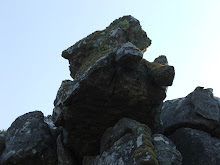





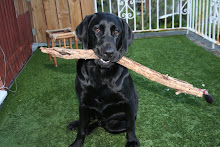





















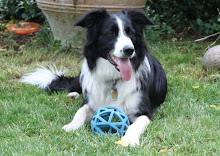

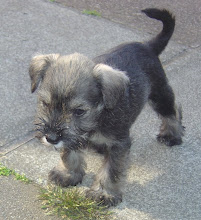













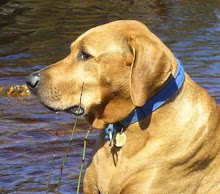




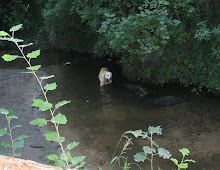



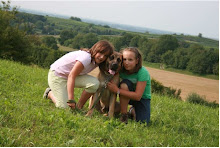

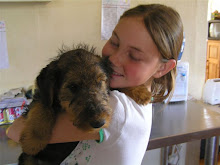








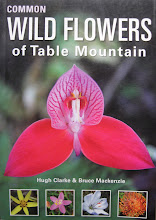


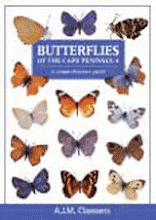






No comments:
Post a Comment